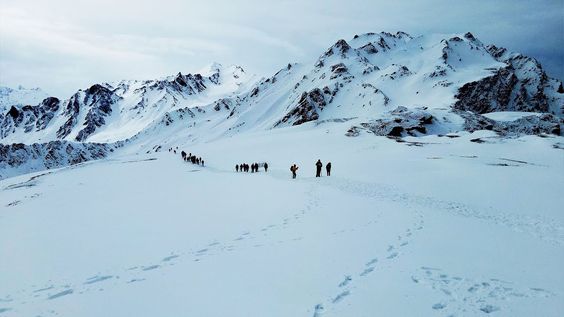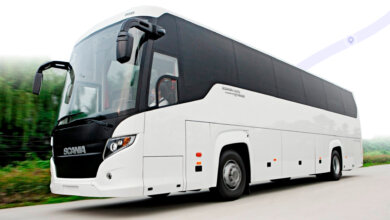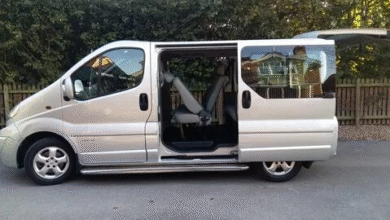All About The Treks In Land Of Mountains

Here’s a detailed blog-style guide to some of the most spectacular treks in Uttarakhand—from easy weekend hikes to challenging high-altitude trails:
🌄 1. Valley of Flowers Trek
-
Why go? A UNESCO World Heritage Site, this trek showcases over 600 species of alpine flowers carpeting the meadows in vibrant hues during monsoon
-
Difficulty & Duration: Easy to moderate; around 17 km (full trek), typically 4‑6 days.
-
Best time: July to September.
-
Highlights: Rachel of colorful blooms, pristine streams, and possible sightings of rare Himalayan wildlife like snow leopards and musk deer
2. Kedarkantha Trek
-
Why go? Accessible snow-topped peaks with panoramic 360° views; perfect beginner-friendly kedarkantha winter trek
-
Difficulty & Duration: Easy to moderate, 6‑8 days.
-
Best time: December‑March (snow); April‑June (green).
-
Highlights: Winter wonderland, summit camp experience, and cozy villages.
3. Roopkund Trek
-
Why go? Adventure seekers’ delight—mysterious Skeleton Lake surrounded by glaciers and alpine terrain
-
Difficulty & Duration: Moderate to difficult; 8‑12 days.
-
Best time: May‑June.
-
Highlights: Tranquil lakes, ancient skeletal remains, and rugged mountain views.
4. Chopta – Tungnath – Chandrashila
-
Why go? A picturesque day/weekend trek ending at Chandrashila summit with breathtaking Himalayan panoramas
-
Difficulty & Duration: Easy to moderate; 3‑5 days if adding camping.
-
Best time: April‑June, September‑October, or even winter with snow.
-
Highlights: Tungnath temple trail, alpine meadows (bugyals), and clear summit views.
5. Har Ki Dun Trek
-
Why go? A cultural immersion trek through picturesque Garhwal villages and dense forests up to a mythical valley
-
Difficulty & Duration: Easy to moderate; 7‑8 days.
-
Best time: April‑June.
-
Highlights: Swargarohini peaks, authentic village life, and river crossings.
6. High-Altitude & Technical Treks
-
Kalindi Khal, Auden’s & Panpatia Cols: Known as the “Big Three” — these are some of the most challenging, glacier-crossing high-altitude treks in UttarakhandIdeal for: Experienced trekkers with technical gear and fitness.
-
Highlights: Glacial passes, remote trails, and electrifying Himalayan terrain.
7. High‑Altitude Lake Treks
Explore serene glacial lakes like:
-
Roopkund, Kedar Tal, Sahastra Tal, Dodital, and Deoriatal
-
These range from moderately challenging to high-difficulty and offer pristine lake settings amid rugged peaks.
8. Offbeat & Alpine Meadow Treks
-
Dayara Bugyal & Ali Bedni Bugyal: Lush, expansive meadows ideal for beginners and families
-
Panwali Kantha & Kush Kalyan Bugyal: Untouched grasslands of Tehri Garhwal (3,300–3,700 m), alive with rhododendrons in bloom
🧭 Planning Tips for Uttarakhand Treks
-
Best Seasons: Snow treks in winter; flower/greenery treks in summer; Valley of Flowers in monsoon.
-
Permits: Required for sanctuaries like Valley of Flowers—check online and carry ID
-
Gear: Layered clothing, sturdy boots, trekking poles, camping kit (for multi-day), glacier gear for technical routes.
-
Guides & Porters: Highly recommended for high-altitude & technical treks; huts or teahouses available on popular trails.
-
Acclimatization: Vital above 3,500 m—include rest days in your plan.
Trekking Precautions in Uttarakhand
🏔️ 1. Altitude Sickness (AMS)
-
What to do:
-
Ascend gradually; avoid climbing more than 300–500 m per day above 3,000 m.
-
Stay hydrated but avoid alcohol and smoking.
-
Rest if you feel dizzy, nauseous, or breathless.
-
-
Tip: Keep Diamox (acetazolamide) handy and consult a doctor before using it.
🧭 2. Route Knowledge & Navigation
-
Carry a physical map and download offline GPS maps (like Maps.me or Gaia).
-
Inform someone (family or base camp) about your route and expected return date.
-
Always follow marked trails and avoid shortcuts.
🧑⚕️ 3. Medical Preparedness
-
Pack a first aid kit including:
-
Painkillers, antiseptic cream, band-aids, crepe bandage
-
Blister treatment, altitude sickness tablets
-
Water purification tablets or filter
-
-
Learn basic first aid & CPR if possible.
🧥 4. Proper Gear & Clothing
-
Wear layered clothing to adapt to changing weather.
-
Good waterproof trekking shoes, warm gloves, cap, and sunglasses are essential.
-
Carry a poncho/raincoat even if trekking in summer.
🌧️ 5. Weather Awareness
-
Avoid trekking during heavy monsoons (July–August) due to landslides and slippery trails.
-
Always check local forecasts (IMD or Windy.com).
-
Sudden snow or rain at altitude is common—be prepared.
🧳 6. Pack Smart
Essential items include:
-
Reusable water bottles (avoid plastic), snacks/nuts
-
Flashlight/headlamp with extra batteries
-
Power bank, ID cards, some cash
-
Light sleeping bag (especially in winter or high-altitude)
🔥 7. Fire & Wildlife Safety
-
Avoid lighting open fires in forests.
-
Don’t feed or approach wild animals.
-
Store food securely to avoid attracting bears or monkeys.
🏕️ 8. Group Safety
-
If solo trekking, register with forest or tourism offices.
-
Trek with a group or certified guide, especially on remote or glacier routes.
-
Stay together; never leave slow trekkers behind.
🧘 9. Acclimatization & Fitness
-
Train for 2–4 weeks with cardio, strength, and endurance exercises.
-
Take acclimatization breaks—especially above 3,000 m.
-
Don’t underestimate low oxygen and thin air even if you’re fit.
🗑️ 10. Leave No Trace
-
Carry your trash back down.
-
Avoid single-use plastics.
-
Respect local culture, temples, and wildlife.
✅ BONUS: Registration & Permits
-
Some treks like Valley of Flowers, Roopkund, or Har Ki Dun require permits.
-
Register at forest check posts or online if applicable.
-
Carry ID, medical certificate (if required), and emergency contact info.
Final Thoughts
Uttarakhand truly is a trekker’s paradise—from riotous flower valleys and tranquil meadows to glacial expeditions and remote high-altitude passes. Whether you’re a beginner or a seasoned mountaineer, there’s a trek tailored for you, packed with natural beauty, spiritual overtones, and immersive Himalayan culture.
Let me know if you’d like a customized itinerary, packing list, or guidance on permits & guides!




